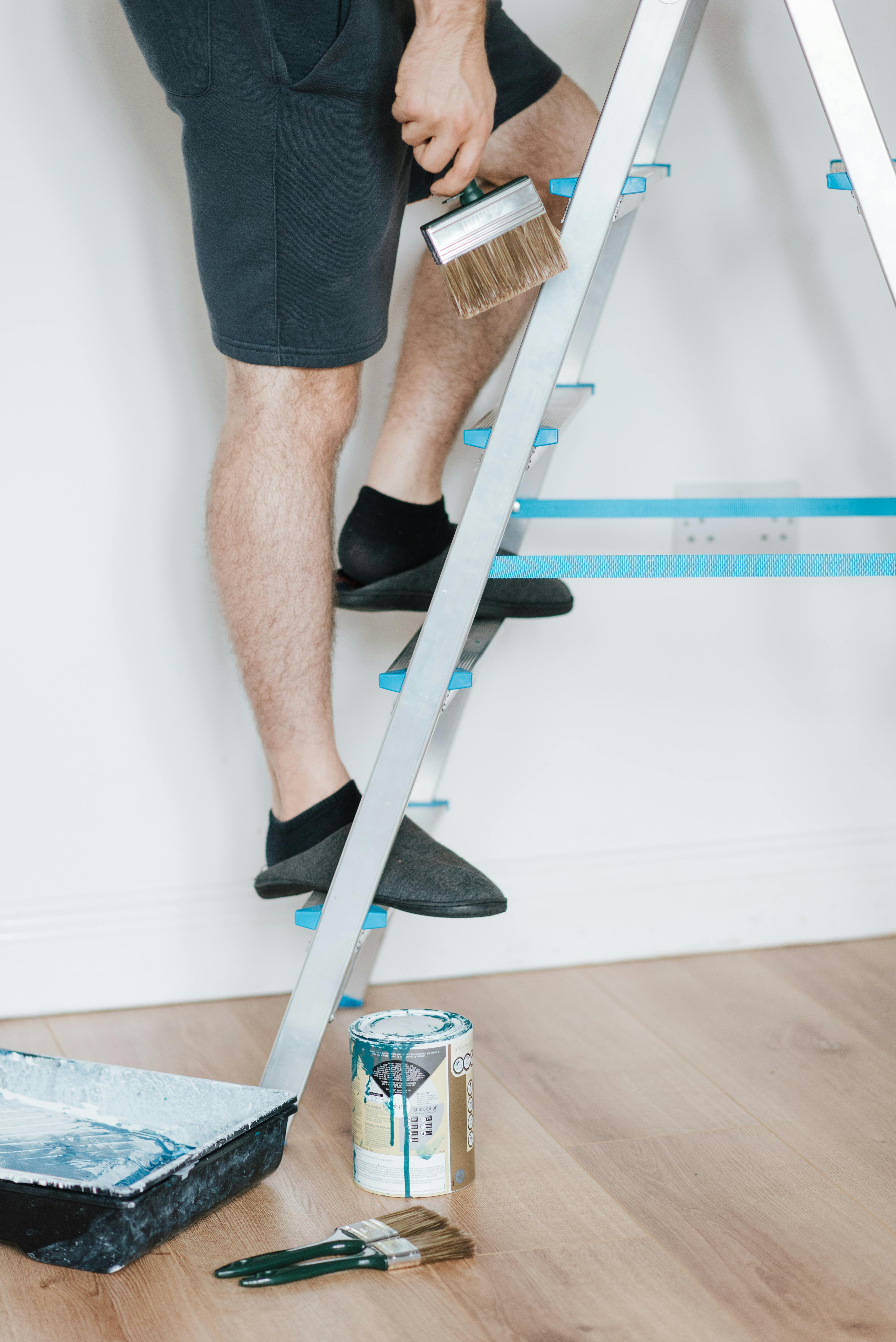
Introduction: The Significance of Colour in the Home Environment
They say home is where the heart is. But beyond that deep connection, our physical surroundings within our homes dramatically impact our mood, well-being, and overall sense of comfort. One critical aspect of this environment that often goes unnoticed is the colour. The science behind the psychology of colours in your home reveals how different hues can elicit a range of emotions and behaviours in inhabitants.
Unpacking the Concept of Colour Psychology in Home Improvements
Colour psychology is a fascinating branch of psychology that examines how colours affect our mood and behaviour. It's crucial to take colour psychology into account for home improvements, renovations, and interior design projects. Doing so can lead to astonishing results, not just aesthetically, but emotionally as well, enhancing the overall functionality and atmosphere of any space.
Professional interior designers and psychologists have highlighted specific ways colours can influence our emotions and actions. Applying these insights when designing or renovating a home can dramatically improve its overall vibe.
Delving into the Impact of Various Colour Choices for Homely Spaces
1. Red: The Colour of Energy and Passion
Red colour shades used in home improvements are well known for their energy-inducing properties. They stimulate conversation and appetites, making them ideal for use in dining rooms.
2. Blue: The Calm within the Storm
Blue is widely understood to be a calm, relaxing, and soothing colour. It's excellent for bedrooms and bathrooms, where tranquillity is essential for relaxation and rest. However, it's essential to avoid darker blues in living spaces, as they can evoke feelings of sadness.
3. Green: Connecting with Nature
Symbolising growth and freshness, green hues are excellent choices for practically any room in the house. Their invoking natural warmth provides comfortable spaces for relaxation and unwinding.
4. Yellow: The Sun inside your Home
Often associated with happiness and positivity, yellow delivers a sense of sunlight and warmth. It's perfect for kitchens, dining rooms, and bathrooms, giving an energising morning boost.
Factors to Consider when Applying Colour Psychology in Home Improvement
When planning to apply colour psychology to your home improvement project, several factors need careful consideration:
1. Existing furniture and décors: Ensure your colour choice complements the existing furniture and decor to create a harmonious design.
2. Lighting: Lighting significantly impacts how we perceive colours, so consider the natural and artificial light sources in the room.
3. Size of the room: Darker colours make a room appear smaller, while lighter colours can make it seem more spacious.
4. Personal preferences: No matter the psychological effect of a colour, personal preference is still significant. Always choose colours that you love and make you feel comfortable and happy in your home.
Conclusion: The Transformative Power of Colour in your Home
Understanding and implementing the psychology of colour in home improvements and interior design can transform your home into a space that's not only visually exciting but also psychologically comforting. Whether it's the calming blues, energising yellows, passionate reds, or relaxing greens, choosing the right colours for your rooms dramatically enhances your mood and overall satisfaction within these spaces.
Ultimately, the key is to strike a balance. Harmonising personal preference with an understanding of colour psychology can create a home that is physically appealing, emotionally supportive, and truly a joy to live in. So, the next time you decide to paint a room or undertake a home renovation project, let the power and psychology of colours guide your design decisions.